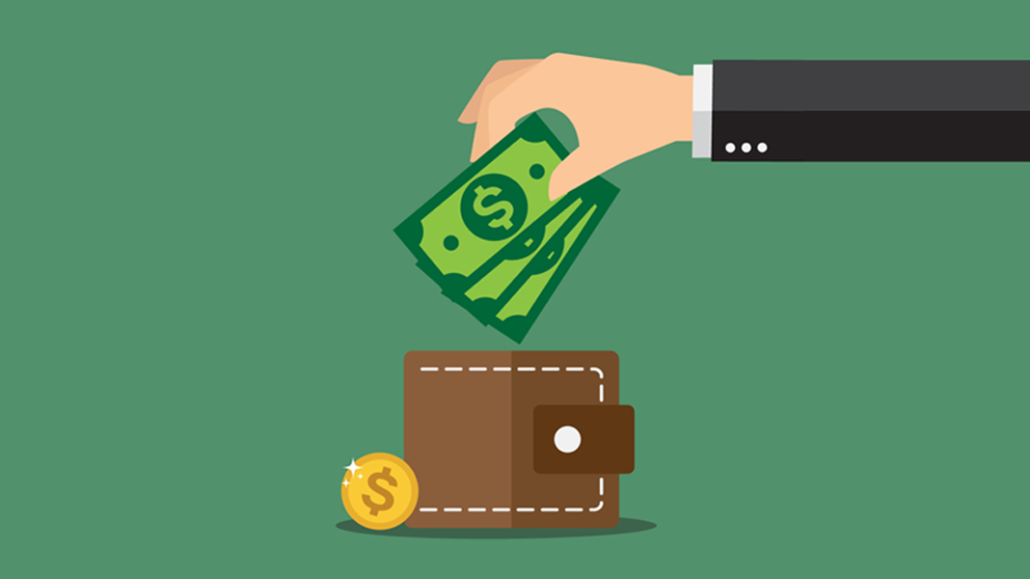Register by Jan 13 to save on passes and connect with marketers from Uber, Bose and more

By Nicholas Högberg, CEO, Bannerflow
The biggest reasons for brands to in-house digital marketing have centered on cost savings and achieving a better return on investment (ROI), rather than the impact on creativity. Yet our 2020 report into the state of in-housing, surveying 200 European marketers, reveals a surprising link between improved ROI and increased creativity.
The research shows that six out of 10 senior marketers experienced a higher level of creativity after their business moved traditional agency functions in-house — suggesting creativity is now a useful by-product of a successful in-house marketing set-up.
Analysing the link between creativity and ROI
ROI is often cited as a key reason for brands moving to an in-house model and, for businesses, it’s easy to see why — 58 percent of brands have seen a positive ROI since moving their digital marketing in-house — with just three percent seeing no improvement. In-housing is driving down costs and increasing accountability.
It’s important to note that the drive for better ROI is not just connected to the in-housing trend — it is a constant demand from businesses and in-housing is part of a wider worldwide trend to reduce costs and improve returns.
Yet, how does this link to creativity? Moving creative production in-house has enabled brands to take back control and gain more accountability over creative functions. They have become more confident and trusting of their creative processes.
Calculating what “creativity” means to brands
Confidence increases when marketers have control, and having control over creative production is enabling brands to set informed and focused creative KPIs. We found that 45 percent of senior in-house marketers are now applying KPIs to measure creativity, and a further 48 percent are experimenting to find the right methodology to do this accurately.
The value of increased creativity from in-housing has not gone unnoticed either. A fifth of senior marketers said that increased levels of creativity — via in-housing — has given them a competitive advantage. Considering that creativity is also cited as a key commodity for ensuring future business growth, this makes for an appealing combination.
Digital transformation is happening
The lesson for brands? Address transparency issues and reap the rewards. It’s no surprise that, for 39 percent of respondents, it remains the key reason for moving in-house. When combined with the 35 percent who say moving in-house is all about greater control over creativity, it seems to imply that the future of the traditional agency model is under fresh consideration.
However, just moving in-house is not that simple. It’s clear that there are areas where developing an in-house marketing model is more difficult than others. For example, in-house talent is still a big issue, with 27 percent of senior marketers saying that – ironically – in-house teams lack “creative thinking” as a skill.
Complexities surrounding which in-house structures to adopt and how to select the best enabling technologies are also areas where brands struggle. For example, should brands create a separate in-house agency, or develop full in-house digital competencies within marketing teams? Should they start to use a creative management platform, or continue to work with a production agency for display campaigns?
What we found is that marketers are actively seeking assistance. Brands are turning to digital transformation agencies and specialist consultancy firms to guide them in the move to in-house marketing. In fact, 34 percent of those surveyed admit to retaining the services of digital transformation agencies on a monthly basis.
The future of in-house marketing
Undoubtedly, in-house marketing is evolving and the value it can provide brands is clear. Indeed, the implications of a spike in creativity combined with greater ROI is almost too good to be true. Expect more in-housing in the coming years, alongside higher expectations.
The challenge for brands working in-house will be to prove that the parallel between creativity and ROI is a long-term, sustainable trend — and not a one-off.
If you are interested in learning more about how in-housing affects creativity and ROI you can listen to this webinar discussion from February 2020.
More from Digiday

Why publishers are building their own creator networks
Publishers are forming creator networks to regain control, combat traffic declines, and reach audiences shifting toward influencers.

At CES, Omnicom Media says Walmart purchase insights help it make better use of Meta’s influencer followers
The partnership connects Walmart customer purchase data with Meta’s raft of influencers (via Instagram) to empower Creo to to help brands identify potential creator partners.

Ad Tech Briefing: CES marks the opening of digital advertising’s (likely) year of consolidation
Platforms including Amazon and Reddit use the Las Vegas-hosted event to muscle in on advertising budgets traditionally controlled by ad tech vendors.





